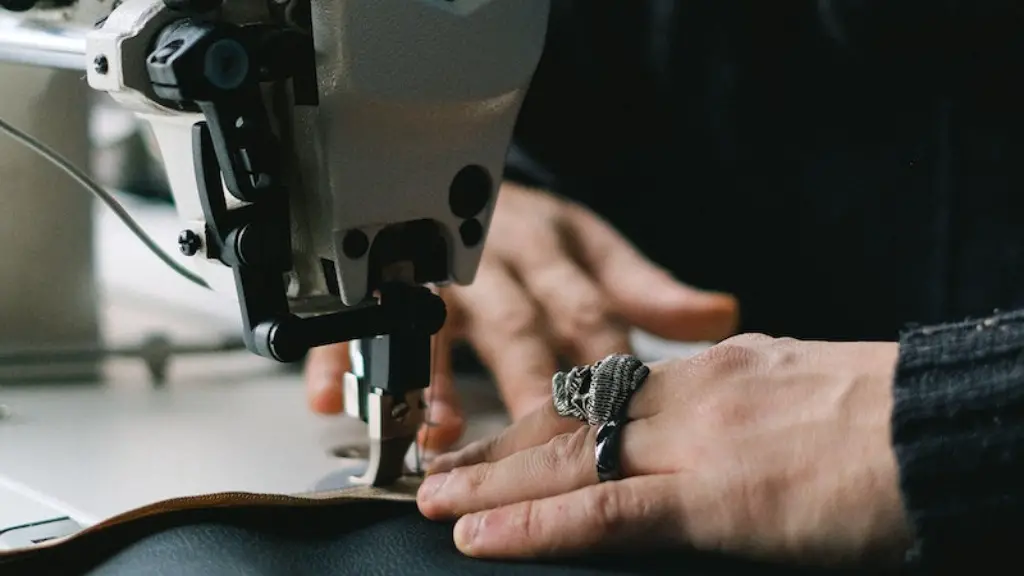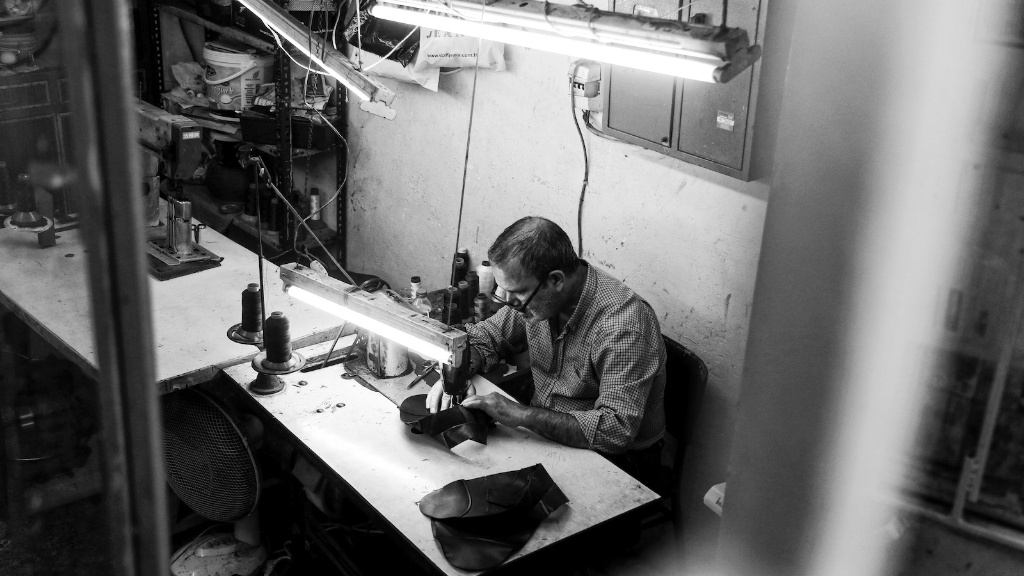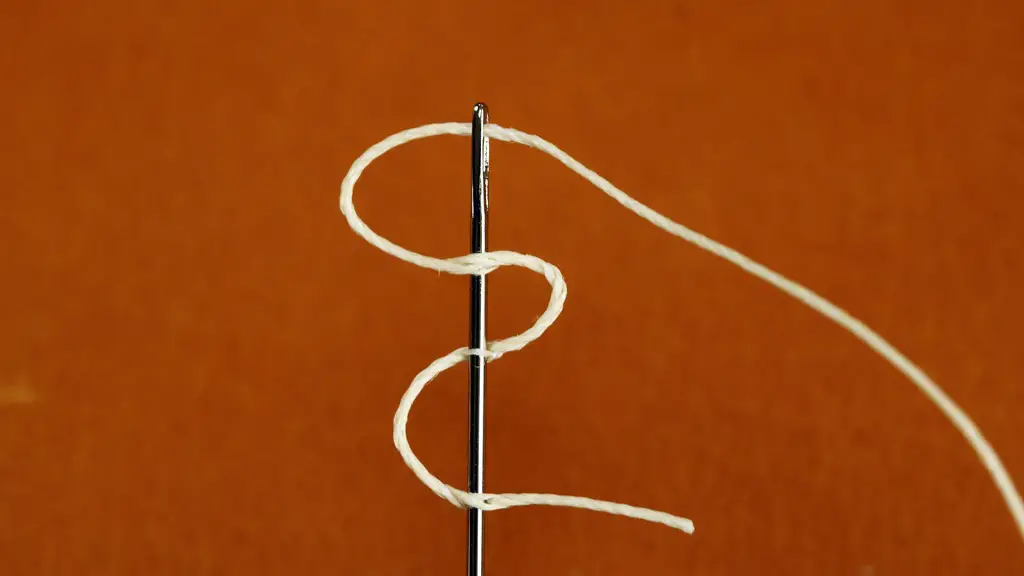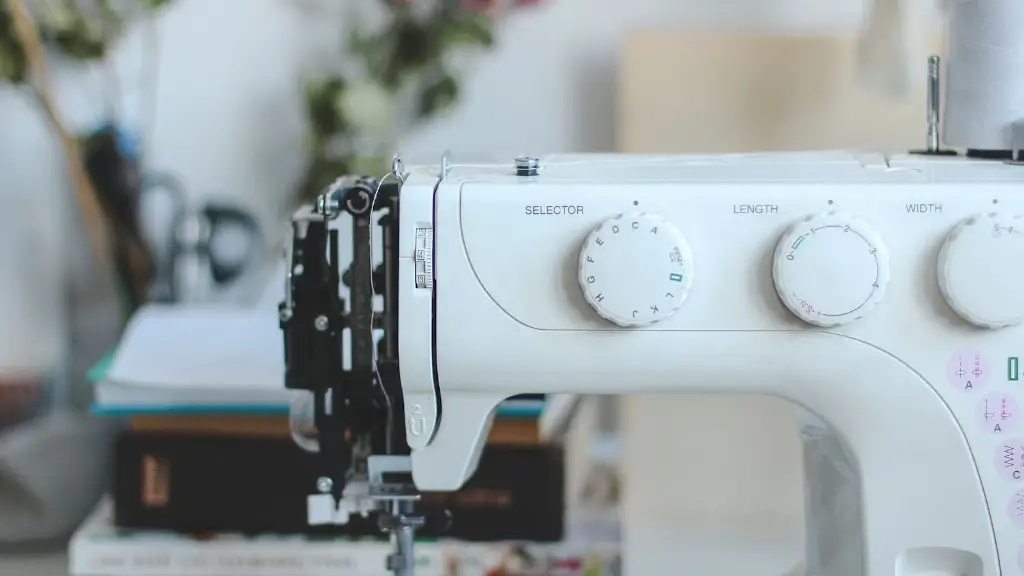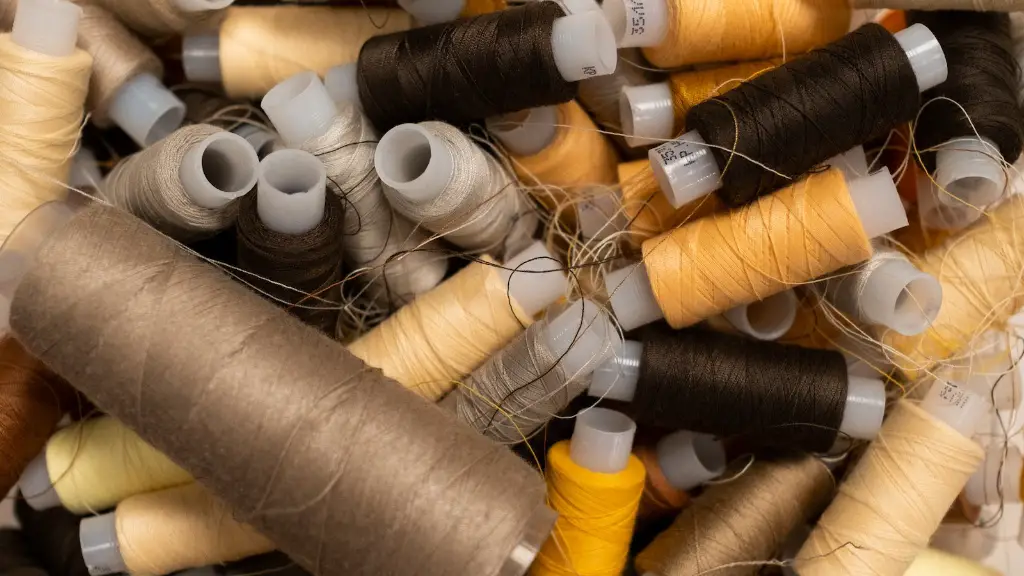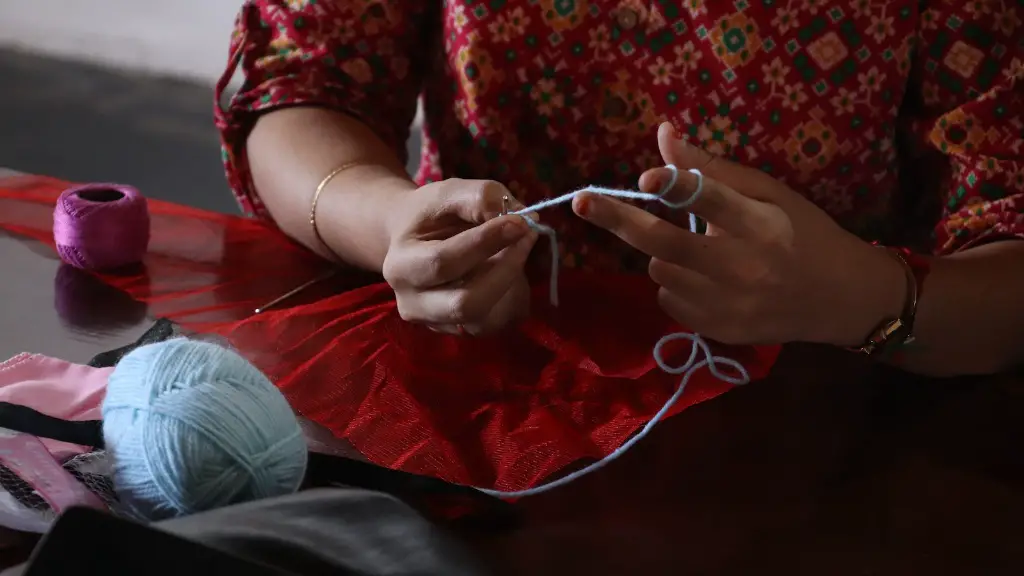Can you quilt on a regular sewing machine? The answer is ‘Yes’! Quilting is a wonderful and creative pastime, and it doesn’t have to be difficult or time-consuming. It is possible to quilt on a regular sewing machine with a few modifications. While it isn’t the same as quilting on a dedicated quilting machine, many individuals have found great success and satisfaction with their regular sewing machines for quilting.
Quilting can be an incredibly rewarding hobby, and with the right equipment, it’s a great way to create beautiful and meaningful gifts or works of art. Before you get started quilting on a regular sewing machine, there are a few things you should know. Depending on the type of sewing machine you have, you will need to make some adjustments or purchase special attachments to make quilting possible. It’s important to do a bit of research and find out which adjustments or additions will work best with your machine.
The most important factor when it comes to quilting, however, is patience. Quilting requires a great deal of concentration and focus, and it can take a lot of time to finish a project. If you’re willing to put in the time, however, you can achieve excellent results with your regular sewing machine. It’s important to remember that you don’t need a fancy machine or expensive attachments to start quilting. Even a basic machine with a few quilting feet and needles can get the job done.
Quilting can also help to reduce stress and tension. It has the potential to be both calming and energizing at the same time. It offers a great sense of accomplishment when you finish a project, as well as a unique opportunity to express your creativity. Quilting also provides a great opportunity to connect with others who share your love of the craft.
In order to get started quilting on a regular sewing machine, you will need to make a few adjustments. If your machine came with presser feet specifically made for quilting or a special needle, you will need to attach them to your machine. You may also need to adjust the tension and stitch length of the machine. If you’re not comfortable with making these adjustments, it’s best to contact a professional or do some research to make sure you’re doing it properly.
When you’re ready to start quilting on your regular sewing machine, it’s important to choose a pattern that’s suitable for your skill level. If you’re a beginner, try a simple design with straight lines. Once you become more confident in your quilting skills, you can move on to more complicated projects. Quilting on a regular sewing machine takes some practice, but it can be incredibly rewarding.
Basting a Quilt for Sewing Purposes
Basting a quilt is an important step in the quilting process and it’s best to do it properly. Basting refers to the act of holding the quilt together in sections while you sew it. The most common way to do this is with a safety pin. You can also use quilt clips or basting sprays, but safety pins are the most reliable and effective way to baste a quilt.
To begin, position the sections of the quilt so that they are flat and even. Pin the edges of the sections together with safety pins. Make sure that the pins are positioned close together and cinched tight around all edges. This will ensure that the quilt won’t move when you’re quilting.
Once you’ve basted the quilt you’re ready to start quilting. Move the quilt around in sections as you quilt, making sure that all edges are safe-pinned securely. Take your time and ensure that your stitches are even and tight. The quality of the quilting will be directly impacted by the care you take in basting the quilt.
When you’re finished quilting, remember to remove all the pins before washing and drying the quilt. This will help to prevent damage to the quilt from the pins. Properly basted, your quilt will turn out beautiful and durable.
Choosing the Right Thread
Choosing the right thread to use with your quilt is equally important. You’ll need to choose between cotton, polyester and nylon threads. Generally, for quilting, you should choose a strong and durable thread like cotton or polyester. Cotton is the most popular thread for quilting and is widely available in a variety of colors, strengths and sizes.
When choosing thread, consider the fabric you’re using and the colors that will enhance the quilt. You’ll also want to make sure the thread will hold up to the wear and tear of regular quilting. Choosing a higher quality thread as opposed to a cheap, low-quality thread will ensure that the quilt will last longer and will maintain its vibrancy.
It’s important to test the thread on a scrap of the same fabric before sewing the quilt. This will help to ensure that the thread won’t break or leave lumps in the finished quilt. When choosing the thread, the size should be relative to the weight of the fabric. For a lightweight fabric, use a light thread; for a heavy fabric, use a strong thread.
In addition to being strong and durable, the color of the thread should complement the quilt. Choose a brighter thread for more vibrant colors and a more neutral thread for a subtle look. The type of thread you choose should reflect the overall look you’re trying to achieve with the quilt.
Types of Quilting Machines to Consider
When it comes to quilting, there are a variety of machines to choose from depending on your budget and needs. For those just starting out, a standard sewing machine may be a good option. This can allow you to learn quilting basics without committing to an expensive machine. You can use a standard machine to create small quilts and other simple projects.
Once you become more confident in your quilting skills, you may want to upgrade to a dedicated quilting machine. These machines are more expensive than your average sewing machine but are designed specifically for quilting. Dedicated quilting machines offer more features for quilting, such as the ability to adjust stitch length and tension and to control the speed of the machine. They also offer a larger working space for larger quilts.
If you’re serious about quilting and plan to do lots of projects, investing in a dedicated quilting machine can be a great idea. They are built to last and will offer years of satisfaction. There are also a variety of quilting frames available to provide even more support and stability when quilting.
Stitching and Trimming a Quilt
Once the quilt top is finished, it’s time to layer the quilt. Place the batting in between the quilt top and backing fabric, making sure all edges are even and flat. Baste the edges of the quilt with a safety pin, as discussed earlier. Now it’s time to begin stitching.
When stitching the quilt, take your time and make sure you keep the tension even. Stitch around the edges of the quilt, making sure to leave a few inches at each corner. When you get to the corners, stop stitching and secure the thread. Move the quilt so that you can start stitching at the next corner. This will help to reduce bunching and puckering of the fabric.
When you’ve finished stitching around the quilt, it’s time to trim and prepare for binding. Trim away any excess fabric, making sure to leave at least 1/4 inch of fabric around the edges. This will ensure that the quilt can be bound properly.
Quilt Binding
Binding a quilt is the final step in the quilting process. It involves sewing a strip of fabric around the outside of the quilt and then folding the fabric over the edge of the quilt, securing it in place. This helps to create a neat and professional finish.
You can purchase quilt binding at most fabric stores. Choose a fabric that coordinates with or complements your quilt fabric. Before you begin, measure the edge of the quilt to determine how much binding you will need. Once you’ve determined the length of the binding, cut it to size. Sew the binding around the edge of the quilt, making sure to leave a few inches at the corners. Trim away the excess fabric and then fold the binding around the edge of the quilt and secure it in place.
Binding a quilt is a great way to complete the quilting process. With a bit of practice and patience, you can finish your quilt with a neat and professional look.
Quilting Supplies to Have On Hand
When it comes to quilting, having the right supplies on hand can make a big difference. Here are some of the must-have supplies for quilting:
- Fabric
- Batting
- Backer Fabric
- Binding Fabric
- Marking Pen or Chalk
- Scissors
- Thread
- Ruler
- Pins
- Seam Ripper
- Rotary Cutter
- Quilting Ruler
- Iron and Ironing Board
Having the right supplies on hand can make quilting easier and more enjoyable. It’s important to invest in quality supplies that will last and make your quilting experience more enjoyable.
Tips for Quilting on a Regular Sewing Machine
Quilting on a regular sewing machine can be a time-consuming and challenging process. Here are some tips to make it easier:
- Take the time to ensure that the quilt is properly basted.
- Choose a thread that is appropriate for the weight of fabric you’re using.
- Choose a pattern that is suitable for your skill level.
- Start quilting from the center and work your way outward.
- Move the quilt in sections to avoid bunching and puckering.
- Test the thread on a scrap of
